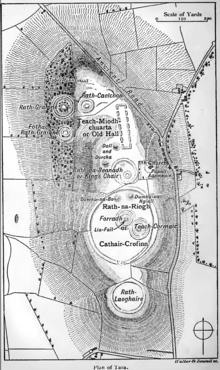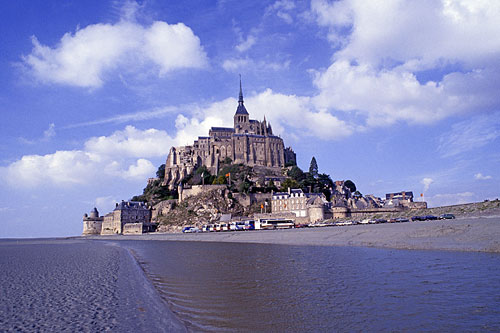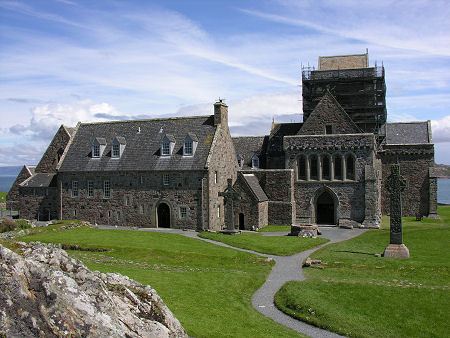Despite Mike's scorn for the idea, I still hold to the notion that the Celtic Saints communities were inherited from earlier "Old School" colleges and education centres, especially on islands as schools of navigation.
As for the original topic: Who Built The Stones?
Having thrashed all my local connections for pertinent info re the building of Avebury and Stonehenge, it's still all a mystery. But what of other sources? Like Newgrange? Coincidentally I have been discussing the very same topic with someone who does lecture tours of certain fraternal societies in the UK (that have a passing interest in stonework). I've discovered there is still a route into one of these training schools.
First, you have to become a fit member of a regularly organised society.
Second, you have to join the Societas Rosicruciana In Anglia. See
https://www.sria.info/ - (
(This is strongly connected with the largely-forgotten origins of The Royal Society in the UK, which was originally very Rosicrucian and very Masonic, and a hotbed for a new generation of astronomer-priests.)
Serve your time there and keep you nose clean, and then as the third step, as a time-served member of SRIA, you may become eligible to join
The Order of Eri.According to the Encyclopedia Of Freemasonry
The legendary founder in 1695 B.C. of this organization comprising Freemasons only, was Eremon, King of Ulster, Ireland, and the Order is reputed to have ceased its military activities sometime about 1649 to 1659 A.D.
An ancient book Annals of the Four Masters of Ireland, tells of the Knights of the Collar of Eri as instituted by King Eamhuin and his eight princes, the chiefs of the armies of the four provinces of Ulster, Munster, Leinster, and Connaught. Headquarters were at the city of Armagh, where a palace and royal court existed until destroyed by fire in 332 A.D. The palace of the early kings of Ireland and the Great Hall of the Knights were then located at Tara in the County Meath, with a military hospital, named Bronbheagor or House of the Sorrowful Soldier, and a famous college, a noted seat of Celtic learning.
This ancient Order comprised knights and teachers, the Ollamhs, Brehons or judges, Crimtears or priest-astronomers, and Bards, poets and musicians. The modern ceremonies include the grades in order of Man-at-Arms, Esquire, and Knight, Knights Commanders, who are chosen by the Knights Grand Cross, and the latter selected by the Senior Grand Cross who represents the Sovereign, for whom an empty chair is placed at every Assembly. The latter is called the Faslairt, or Camp, and represents a green field. The General Assembly is termed the Foleith.https://encyclopediaoffreemasonry.com/e ... -order-of/Before I get more micturation from Mick, I'll point out that fires that destroy evidence are excellent cover stories for legends and creation myths. But the essence of the legend is that royal rulers and the priest-astronomers were in cahoots, which is my take on how the Celtic Saints had so much power (temporal and spiritual)
But mention of Tara should grab our attention, as it is related to Newgrange and of the same era.
The Hill of Tara (Irish: Cnoc na Teamhrach,[1] Teamhair or Teamhair na Rí), located near the River Boyne, is an archaeological complex that runs between Navan and Dunshaughlin in County Meath, Ireland.
 https://en.wikipedia.org/wiki/Hill_of_Tara
https://en.wikipedia.org/wiki/Hill_of_Tara




